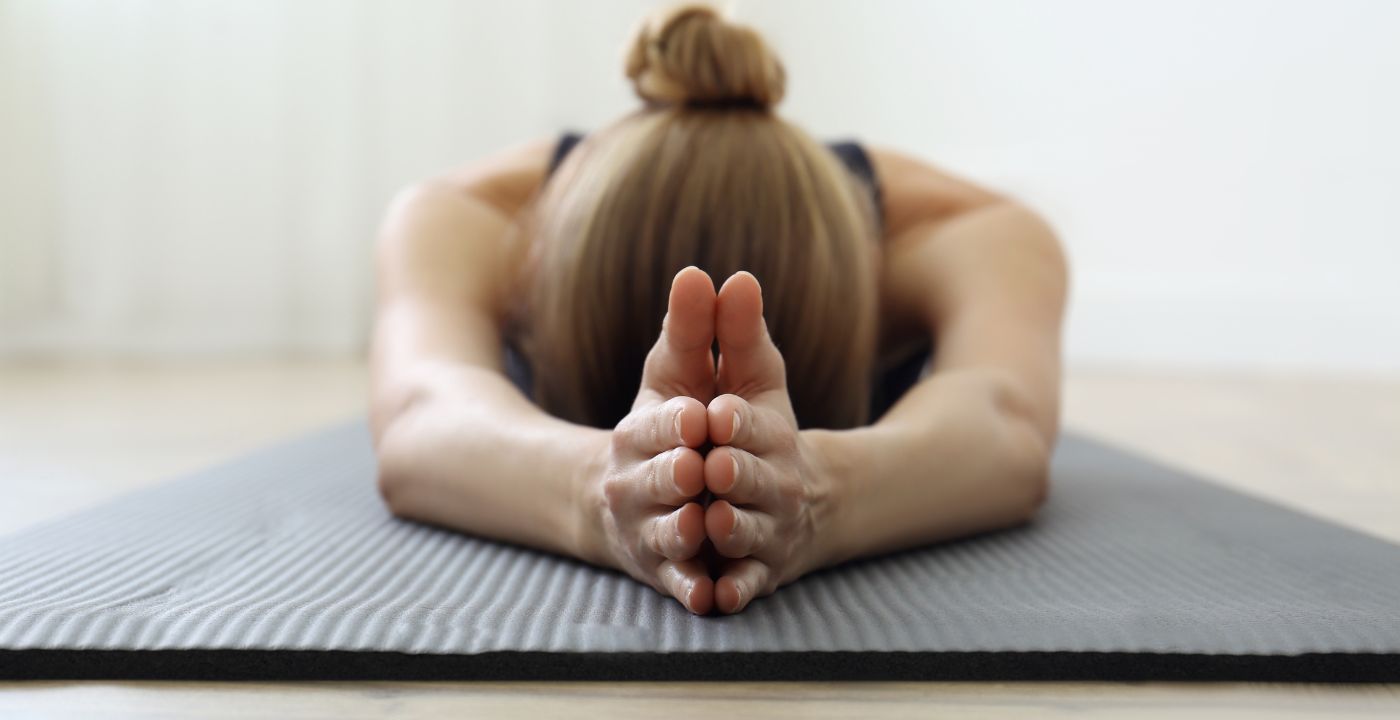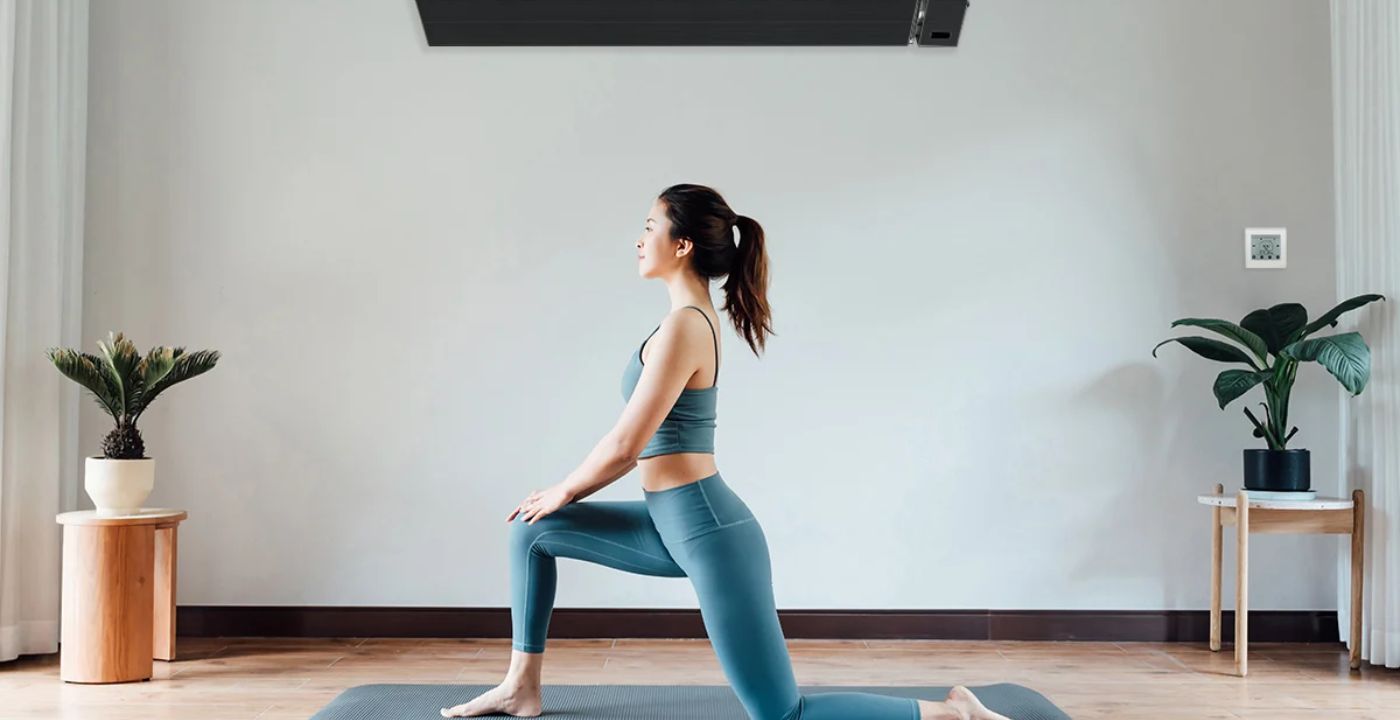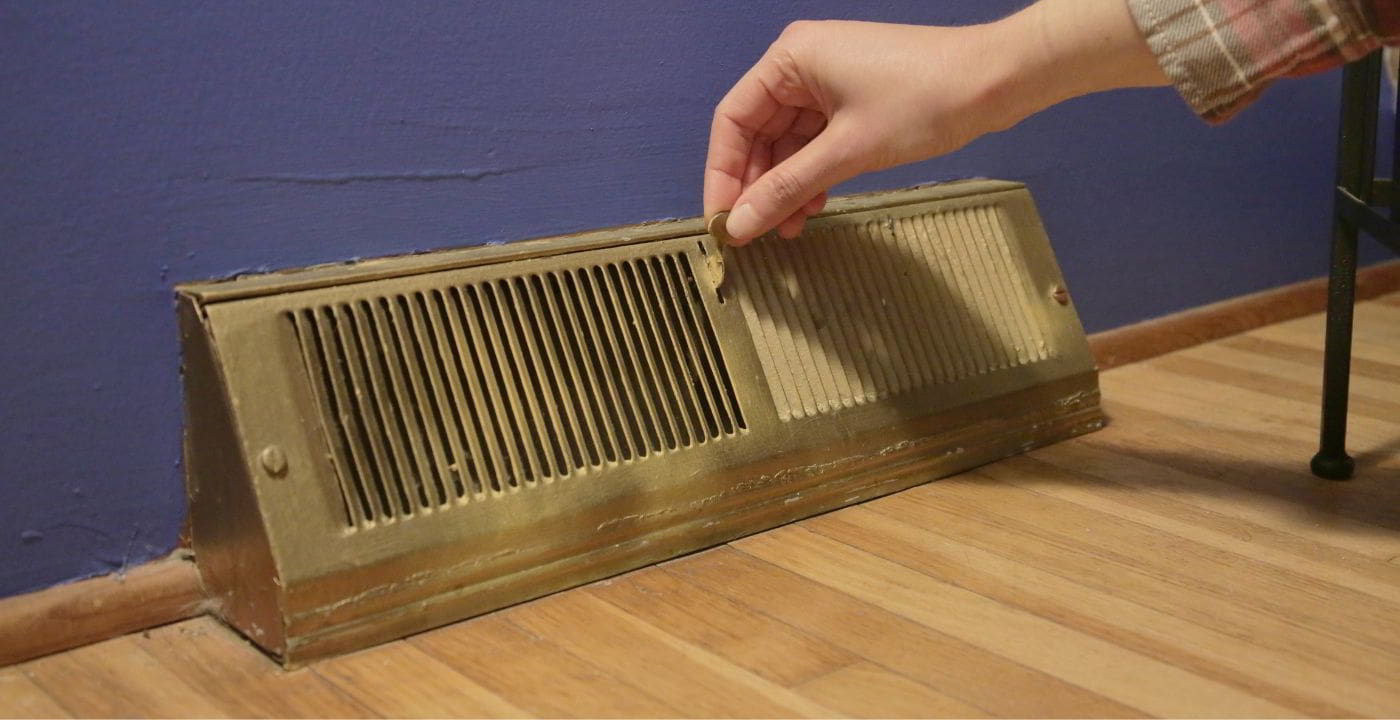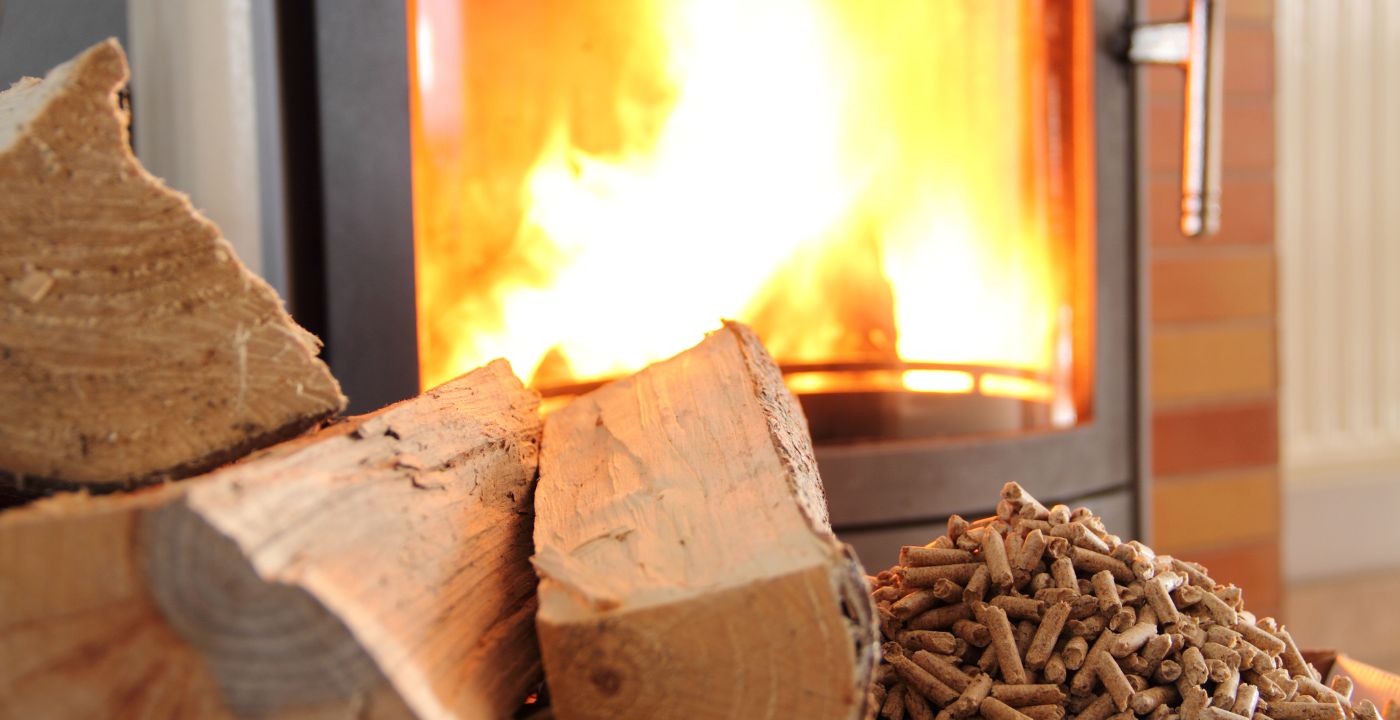Key Takeaways
- Radiant heat panels, also known as infrared heaters, are the top recommendation for heating yoga studios. They provide uniform heat distribution, are energy efficient, and offer health benefits.
- Effective heating of a yoga studio involves ensuring even heat distribution, maintaining suitable humidity levels, and ensuring effective insulation.
- While selecting a heating system, factors like safety precautions, maintenance requirements, and potential hazards should be key considerations.
- The ideal temperature range for hot yoga studios is between 85 to 105 degrees Fahrenheit.
The Principles Behind Heating a Yoga Studio

Before diving into each heating option’s specifics, it’s pivotal to understand the underlying principles of heating a yoga studio.
The primary goal is to ensure even heat distribution throughout the studio, maintain humidity levels suitable for yoga practices, and ensure energy efficiency.
The unique aspect of a yoga studio, especially hot yoga studios, is the requirement for higher temperatures, often ranging from 85 to 105 degrees Fahrenheit.
The heating system must be capable of maintaining this temperature consistently throughout the practice while ensuring comfort and safety for the practitioners. Key factors include:
- Even Distribution of Heat: Unlike regular rooms, yoga studios require even heat distribution to avoid cold spots. This promotes a consistent practice environment.
- Heat Retention: It’s not just about heating but maintaining that temperature. Effective insulation plays a pivotal role here.
- Avoiding Dryness: While maintaining warmth, it’s essential to ensure the air doesn’t become too dry, which can be counterproductive for breathing exercises.
Options for Heating a Yoga Studio
Radiant Heat Panels: The Top Recommendation

Radiant heat panels (also known as infrared heaters) work on the principle of radiant heating, where they emit infrared rays that heat objects and people in a room rather than the air.
This provides a more direct and even form of heating, mimicking the warmth of natural sunlight, making them the best choice for yoga studios.
Pros:
- Uniform Heat Distribution: Radiant heat panels provide consistent warmth across the studio, eliminating cold spots
- Energy Efficient: These panels operate at a lower temperature while distributing heat more effectively, reducing energy consumption.
- Silent Operation Unlike other heaters that might produce noise, radiant panels offer silent operation, ensuring a peaceful yoga experience.
- Low Maintenance: With fewer moving parts, these panels require minimal maintenance.
- Health Benefits: The heat produced by infrared heaters is known to improve blood circulation, reduce muscle stiffness, and even help in detoxification through enhanced sweating.
Cons:
- Initial Cost: The initial investment for radiant heat panels can be higher than some other heating methods.
- Installation: Professional installation is recommended, which might add to the initial cost.
Space Heaters

Space heaters are individual units designed to heat a specific area or room, rather than a whole building.
They are portable, allowing for flexibility in placement, and come in a variety of types – including electric, ceramic, and oil-filled.
The generated heat is radiated outwards, warming up the immediate surroundings. Many space heaters come with built-in fans to help distribute the heat more uniformly.
Pros:
- Portability: Space heaters can be easily moved around, offering the flexibility to adjust heating locations as needed.
- Quick Heating: Due to their localized effect, space heaters can quickly bring up the temperature in their immediate vicinity.
- Variety: With multiple types available, one can choose the best fit based on the studio's specific needs.
Cons:
- Limited Area Coverage: While effective in the area they cover, space heaters might not be the best option for larger studios unless multiple units are used.
- Energy Consumption: Depending on usage, electric space heaters can draw significant power, potentially increasing electricity bills.
- Safety Concerns: Space heaters can get very hot to the touch. There's also a risk of fire if they're placed too close to flammable materials.
- Noise: Some space heaters, especially those with fans, can produce noise, which might be disruptive in a serene yoga setting.
- Lifespan: Compared to centralized systems, space heaters generally have a shorter lifespan and may need to be replaced more frequently.
- Inconsistent Heating: Without proper placement, some parts of the studio might remain colder than others.
Forced Air Heating Systems

A forced air heating system is a method of heating that transports warm air throughout a space using a series of ducts and vents.
These systems generally have a central unit where air is heated, usually by a furnace.
This warm air is then forced or pushed by a blower fan through ductwork, and it emerges into various parts of the space through vents or registers.
Pros:
- Rapid Heating: Forced air systems can heat a room quickly, which can be especially beneficial in a yoga studio setting where a consistent temperature is desired.
- Air Filtration: Many forced air systems come with built-in filters that help improve indoor air quality by trapping dust, pollen, and other particulates
- Thermostat Control: Easily regulate the temperature to desired levels, ensuring the yoga studio maintains a comfortable environment for practitioners.
- Cooling Capabilities: Many forced air systems can also cool rooms if they're integrated with an air conditioning unit.
Cons:
- Installation Costs: Setting up ductwork throughout a space can be costly, especially if the building wasn't originally designed for it.
- Maintenance: Ducts can accumulate dust and other particulates over time, which can require regular cleaning to maintain optimal air quality.
- Noise: The blower fan and the air movement through ducts can generate noise, which might be distracting in a tranquil yoga environment.
- Energy Consumption: If not well-maintained or if the system is outdated, it can be less efficient and lead to higher energy bills.
- Air Leaks: Ducts can sometimes have leaks, leading to heat loss and decreased efficiency. This can result in uneven heating in certain areas.
- Space Requirement: The system requires space for ductwork, which might not be feasible in all building structures.
Wood or Pellet Stoves

Wood or pellet stoves are free-standing heating devices that burn wood logs or specially manufactured wood pellets to produce heat.
They have a combustion chamber where the burning takes place and a venting system to release the produced smoke outside.
They can add a rustic charm to any setting, including a yoga studio, while serving as a reliable heat source.
Pros:
- Ambiance: The real flame and crackling sounds from the wood create a warm and cozy atmosphere, adding a touch of authenticity to a yoga studio.
- Cost-effective: Depending on the region, wood or pellets can be a cheaper heating option compared to electricity or gas.
- Independent Operation: These stoves can operate independently of electricity, making them functional even during power outages.
Cons:
- Requires Manual Loading: For continuous heat, someone needs to periodically load the stove with wood or pellets, which can be labor-intensive.
- Maintenance: Ash removal and periodic cleaning of the stove and chimney are essential to prevent potential fire hazards and maintain efficiency.
- Smoke and Emissions: While modern stoves are designed to minimize smoke and emissions, there's still a potential for air quality concerns both inside and outside the studio.
- Space Consumption: The stove, along with the storage for wood or pellets, can take up a significant amount of space.
- Installation: Proper installation is crucial, including a safe and effective venting system to prevent potential hazards. This can sometimes be complex and costly.
- Inconsistent Temperature Control: Maintaining a consistent desired temperature can be challenging as the heat output can vary depending on the wood's burn rate.
How to Build Your Own Hot Yoga Studio
- Planning & Research: Before initiating any construction, it’s essential to have a clear vision of the studio’s design, size, and functionality.
- Determine Your Budget: Identify your maximum budget. This will dictate the materials, size, and amenities you can include.
- Research Local Regulations: Before building, check local zoning laws, building codes, and any required permits.
- Location & Size: Pick a location that’s convenient and can cater to the size of the studio you envision.
- Home-based vs. Standalone: Decide whether you want a space within your home or a separate building. Each has its pros and cons concerning privacy, accessibility, and costs.
- Floor Space: Ensure you have ample space for students to comfortably spread out their mats with additional room for movement.
- Insulation: For a hot yoga studio, insulation is paramount to maintain the required high temperatures.
- Wall Insulation: Install high R-value insulation in the walls to prevent heat loss. Closed-cell spray foam or fiberglass batts are good options.
- Ceiling and Floors: Heat rises, so ensure your ceiling is well-insulated. Additionally, consider radiant floor heating as an efficient way to spread heat evenly
- Ventilation: Ensure there’s a proper ventilation system. Fresh air is essential, especially in a high-temperature environment.
- Flooring: Choose a non-slip, water-resistant floor material. Cork, bamboo, or specially designed yoga studio flooring are popular choices.
- Mirrors and Props: Install full-length mirrors on one or more walls. Additionally, have a storage area for yoga props like mats, blocks, and straps.
- Ambiance: Consider dimmable lights, natural elements like plants, and a sound system to play calming music.
- Smoke and Carbon Monoxide Detectors: If you’re using systems like wood or pellet stoves.
FAQs
How do you insulate a hot yoga studio?
Use insulation materials like spray foam or batt insulation in walls and ceilings. Ensure windows are double-paned and consider weather stripping for doors.
How to heat a hot yoga Bikram studio?
Bikram yoga requires a temperature of around 105°F with 40% humidity. Radiant heat panels, combined with a humidifier, can achieve this.
What kind of heater do I need for a hot yoga studio?
Radiant heat panels are the top recommendation for their even distribution, greater comfort, physical benefits, and energy efficiency.
Final Thoughts
Selecting the right heating system for a yoga studio is a crucial decision that affects the comfort of practitioners and the efficiency of operations.
With radiant heat panels standing out as the optimal solution, investing in the right infrastructure will ensure a warm and inviting environment for every yoga session.
If you have decided to set up your own yoga studio for hot yoga, contact us for a free quote on our hot yoga heating solutions, simply the best currently available. Contact us for a free quote about





